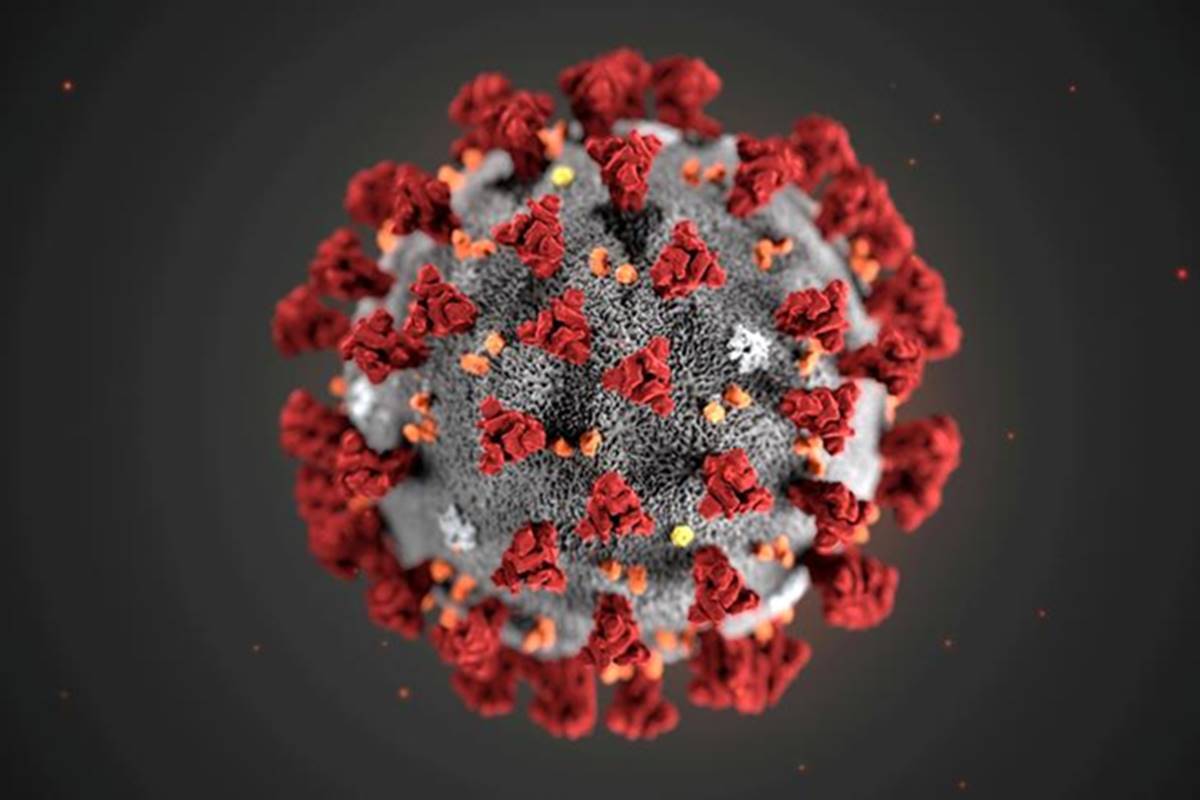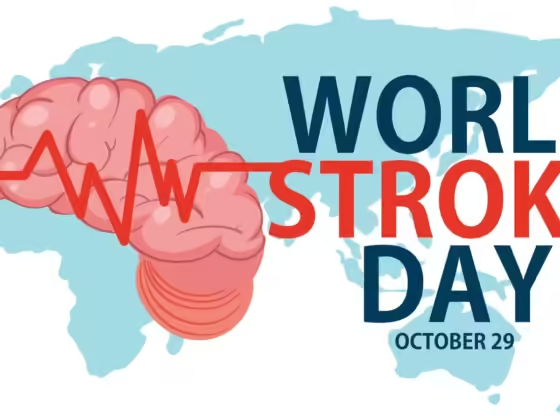Leading Mumbai-based Neurologist Dr. Rahul Chakor
Migraine is a chronic neurological disease that affects over 1 billion people across the world. It is a very common headache disorder, making up 16% of the total neurological disorder disease burden in India. Despite ranking consistently among the top 10 leading causes of years lived with disability, worldwide, the invisible condition remains poorly understood. Roughly 1.5 to 2 million people in Mumbai experience migraine headaches, of which many go undiagnosed, attributing migraine symptoms to a common headache.
Migraine impacts individuals across personal, professional and social domains, thus affecting overall quality of life during individuals’ prime productive years. Failure to manage the condition effectively early on can exacerbate these problems.
Commenting on the gaps in migraine diagnosis and treatment, Dr. Rahul Chakor, Head of Neurology, Nair Hospital said, “People need to understand the severity of migraines and how it can impact all domains of life. Lack of awareness and hesitancy to visit a neurologist, despite experiencing recurrent migraine symptoms, are major roadblocks to patient diagnosis. When undiagnosed and untreated, migraine patients risk their condition progressing to a chronic migraine, which not only becomes harder to treat but affects their daily activities and work. Addressing these gaps is essential for patients to manage their migraine effectively. With increasing migraine awareness amongst the population and availability of advanced treatments, migraine therapy can see a radical change in the near future.”
There are various gaps in diagnosis and treatment of migraines that urgently need to be addressed to streamline the patient journey.
Knowledge gaps
Owing to low awareness regarding the distinction between migraines and common headaches, people tend to neglect their condition. As a result, such cases go undiagnosed or untreated. People also resort to over-the-counter drugs and home remedies to alleviate symptoms, which only relieves pain temporarily.
Migraine also disproportionately impacts women, who are three times more prone to migraines than men. Women show greater hesitancy in seeking medical help, especially in rural and semi-urban areas, creating further challenges for diagnosis. This creates a significant problem, as failure to treat patients in a timely manner can lead to further health complications. Their problems are exacerbated by menstrual migraines, which are a product of hormonal changes and can impact treatment.
Low awareness also poses obstacles for diagnosed migraineurs, who often report feeling distress due to not being understood by family, friends, peers and employers with regards to their condition or the severity of their symptoms.
A maze to diagnosis
Patients tend to finally visit a healthcare practitioner when their migraine attacks become more frequent or severe in intensity. Along a typical patient journey, people can receive a diagnosis within one to six months of first seeing a practitioner regarding their symptoms, transitioning from general practitioners or trusted family doctors to neurologists.
Treatment challenges
Treatment for migraine is geared towards the individual case – by understanding their specific risk factors, triggers, severity of symptoms, frequency of attacks and impact of migraine on daily activities. Patient preference along with comorbidities also guide treatment decisions. However, challenges can arise in this process, such as lack of diagnostic or treatmnent understanding amongst clinicians, and treatment failure, resulting in patients changing their medication, or low or non-adherence to treatment. This can lead to poor health outcomes if unaddressed. In fact, only 10 to 15% of individuals with episodic migraine, and only 1/3rd of the patient population with chronic migraine receive treatment.
The pandemic further disrupted the migraine patient journey by altering care-seeking behaviours and limiting in-person consults. This, along with alterations to routine lifestyle patterns, including negative effects across diet, sleep, exercise, stress and increased screen time, has created complications to diagnosis and disease management.
While significant barriers to migraine diagnosis and treatment persist, it is imperative to outline and address these roadblocks to limit disease burden and pave the way for a smoother patient journey for migraineurs in India.










